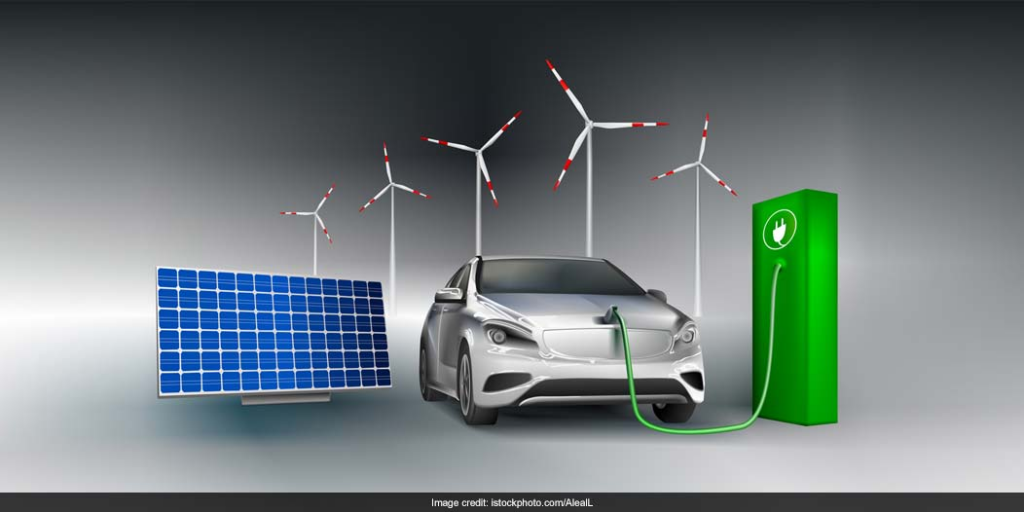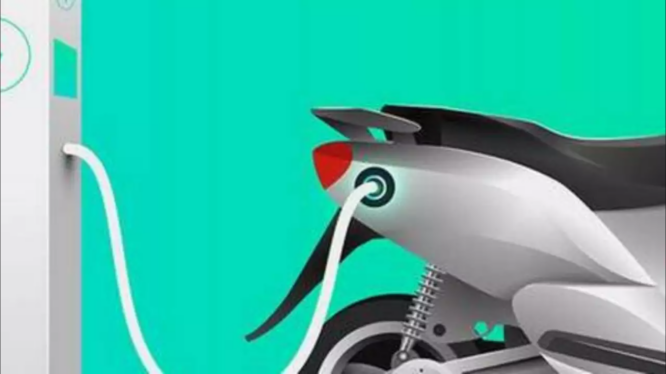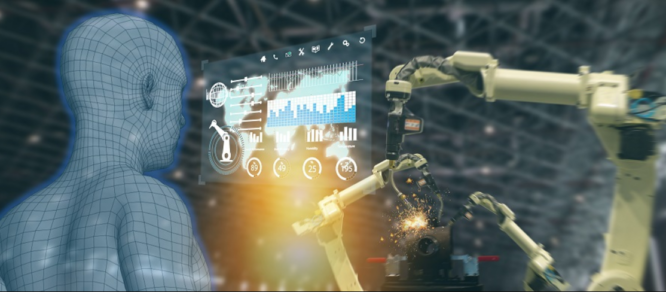India has the third-largest automobile ecosystem. This is huge, yet India’s transport industry emits 10% of national GHGs. Road transport emits 87% of sector emissions. Modern players are working to reduce emissions and decarbonize the transport industry. India aims to electrify 30% of its vehicle fleet by 2030.
Electric vehicle usage has skyrocketed, guiding decarbonization. Despite being two years old, the Indian EV market hit 1 million sales in 2022. Increasing demand for sustainable mobility solutions is one cause. Electric 2-wheelers lead this movement with low TCOs, B2B delivery uptake, and constant product developments. We must see the key technical developments that will power the next generation of EVs.
Innovate in software and telematics. India has one of the fastest-growing automobile telematics markets. Counterpoint predicts 50 million telematics device shipments by 2030. Telematics and embedded software accelerate product innovation. OEMs can analyze vehicle maintenance, health, performance quotient, speeding ability, and driving habits to adapt goods to client wants.

Software streamlines and simplifies driving and ownership. EV data matters.
EVs run on batteries. The electric vehicle’s battery management system monitors the battery pack’s charge and discharge cycles and ensures user safety and performance. New battery chemistries and energy densities will make BMS advancements safer and cheaper. Advanced algorithms in a BMS will maximize efficiency, minimize weight, increase driving range, and remove user safety worry.
Battery cell manufacturing improvements will become important. Advanced chemical cell batteries have a complicated raw material supply chain and stringent production methods. To make EVs more economically viable, industries are working together to create low-cost battery concepts such lithium sulphur, solid-state batteries, lithium-air, and others.
Localizing lithium-ion batteries would also make India more EV self-sufficient. Finally, EV adoption depends on reliable charging technologies. Public and home-private charging infrastructure is accelerating progress. Wireless, fast, and application-based charging will help customers overcome range concerns.
As EVs attain critical mass, revolutionary technologies will make them more complex, user-friendly, and performance-driven.



